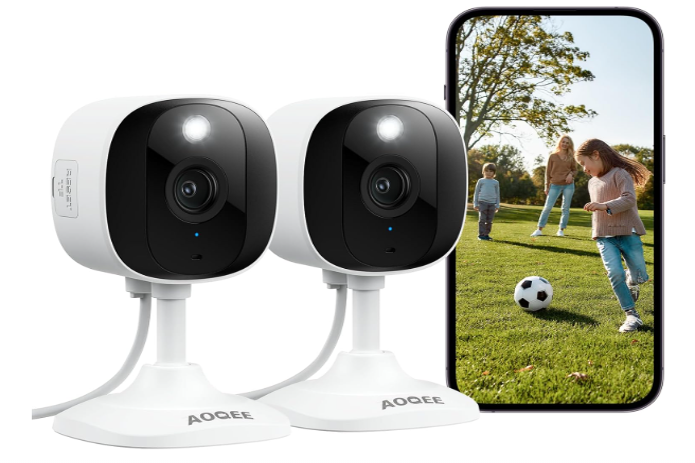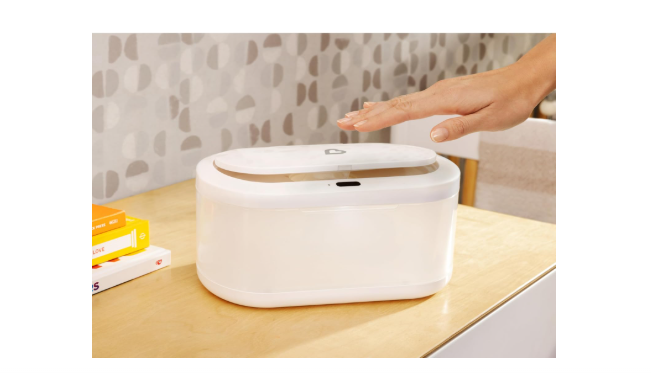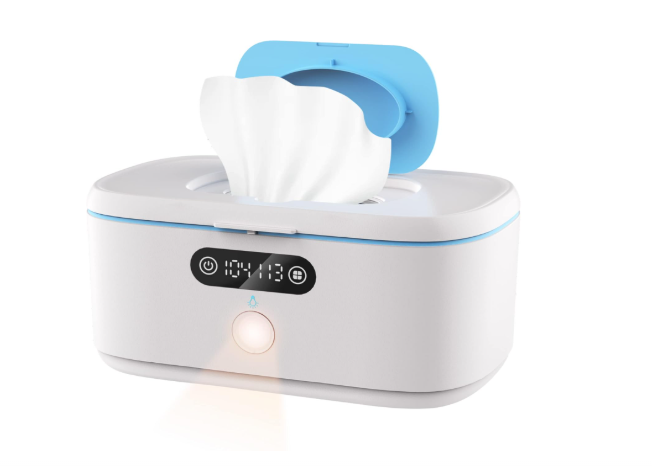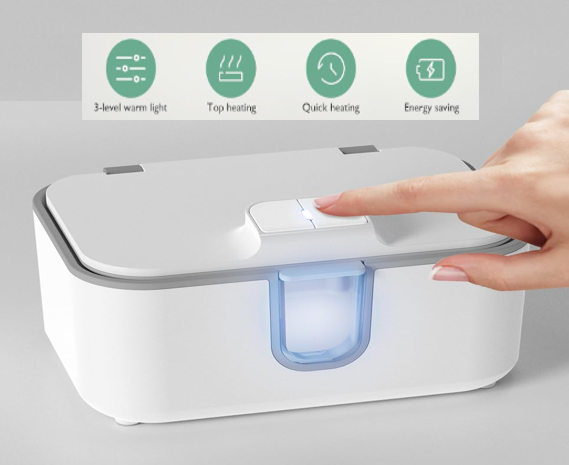When it comes to keeping an eye on your little one, a reliable baby monitor is a must-have. It helps you stay connected and reassured while your baby sleeps or plays in another room. These gadgets also help to reduce frequent disruption of the baby’s sleep as you check on them. This gives a conducive environment for the baby to sleep for longer hours, which is good for their health.
However, not all baby monitors are made equal. Some come with just a few basic features, while others go an extra step. But what makes an ideal monitor? Below are 10 key features to look for when choosing the best baby monitor for your baby:
1. Large View
Choose a baby camera monitor that offers the widest viewing angle possible. Models with PTZ technology (Pan, Tilt, and Zoom) are the best for this purpose. A good camera should pan up to 355° and tilt by at least 120° to give you a full view of the nursery. This helps eliminate blind spots and lets you monitor every corner of the room. A 2x or higher zoom feature is ideal. It allows you to focus closely on your baby or any specific area without distorting the image.
2. Crystal Clear Image
Camera resolution is one of the most important aspects of a baby monitor. Clear, detailed images make it easier to see exactly what your baby is doing at any time. For the best picture quality, go for a monitor with 1080p resolution or higher. This ensures crisp and vibrant visuals. Screen size also plays a role in image clarity. A display larger than 3 inches reduces eye strain, especially for late-night monitoring. Together, good resolution and a large display provide a more relaxed monitoring experience.
3. Alexa and Google Assistant Compatibility
Voice control is becoming increasingly popular in modern smart homes. A baby monitor compatible with Alexa or Google Assistant allows you to use voice command. You can watch the baby without needing to touch the device. It also allows you mu However, to use this feature, ensure your smartphone or tablet runs on iOS 10+ or Android 5.0+.
4. No WiFi
If privacy and footage security are major concerns, opt for a baby monitor that doesn’t rely on WiFi. Non-WiFi monitors use FHSS technology over a secure 2.4GHz channel, which is hard to hack. Another benefit of no-WiFi models is that they are portable and travel-friendly. You can use them anywhere—at home, on trips, or while visiting relatives—without depending on an internet connection. This combination of safety and convenience makes them a great choice for parents who prioritize privacy.
5. Transmission Range
Transmission range is especially important for non-WiFi baby monitors. It determines how far you can be from the camera while still maintaining a clear signal. A range of at least 1,000 feet is considered ideal. This allows you to monitor your baby from different rooms or even outside the house, such as in the yard or garden. However, keep in mind that walls and other obstacles can weaken the signal. Choosing a baby monitor with a strong, reliable range helps ensure consistent performance.
6. VOX Mode and Battery Life
The VOX Mode (Voice Operated Exchange) is a smart feature that helps to extend battery life. It automatically activates the monitor when it detects noise or movement, then puts it to sleep when the environment is quiet. This way, the device saves power without missing important moments. Battery life itself is another major factor to consider. A high-quality monitor should last at least 12 hours on a single charge. This is ensure uninterrupted use during the night or during power outages. Long-lasting battery performance is especially useful for outdoor or travel use.
7. Night Vision
A good camera monitor should allow you to see your baby clearly even in complete darkness. That’s where night vision comes in. Most modern baby monitors use infrared night vision technology. The nightlight feature should automatically activates when the lights are off. For optimal performance, choose a model that offers at least 30 feet of night vision range. This ensures the camera captures clear images from anywhere in the room.
8. 2-Way Audio Video
The two-way audio-video function lets you communicate with your baby through the monitor. You can use this feature to soothe your baby from another room, talk to them, or even instruct the nanny. The built-in microphone and speaker allow real-time interaction, which adds comfort and convenience. It’s a great way to reassure your baby without having to physically be in the room.
9. Thermal/Motion Detectors
Advanced baby monitors come equipped with thermal and motion sensors. Thermal detectors ensures your baby’s room temperature stays within a comfortable range. If the temperature goes too high or too low, an alert will notify you immediately. Meanwhile, the motion detector picks up any movement in the room and sends an instant alert. This is useful for monitoring when your baby wakes up or moves unexpectedly. Both sensors work together to give you complete peace of mind.
10. Lullaby Feature
Last but not least, consider a baby monitor that includes a lullaby feature. Many models come with a selection of soothing tunes to calm the baby and promote better sleep. When comparing monitors, check how many lullabies are available—the more, the better. Some units even allow you to choose from various melodies or adjust volume levels. This provides flexibility and personalization for your baby’s bedtime routine.
Conclusion
Choosing the right baby monitor requires more than just looks or brand reputation. By understanding these 10 features, you can find a device that meets your specific needs. Whether it’s a wide viewing angle, strong battery life, or advanced safety sensors, each feature adds value to your baby’s comfort and your peace of mind.





